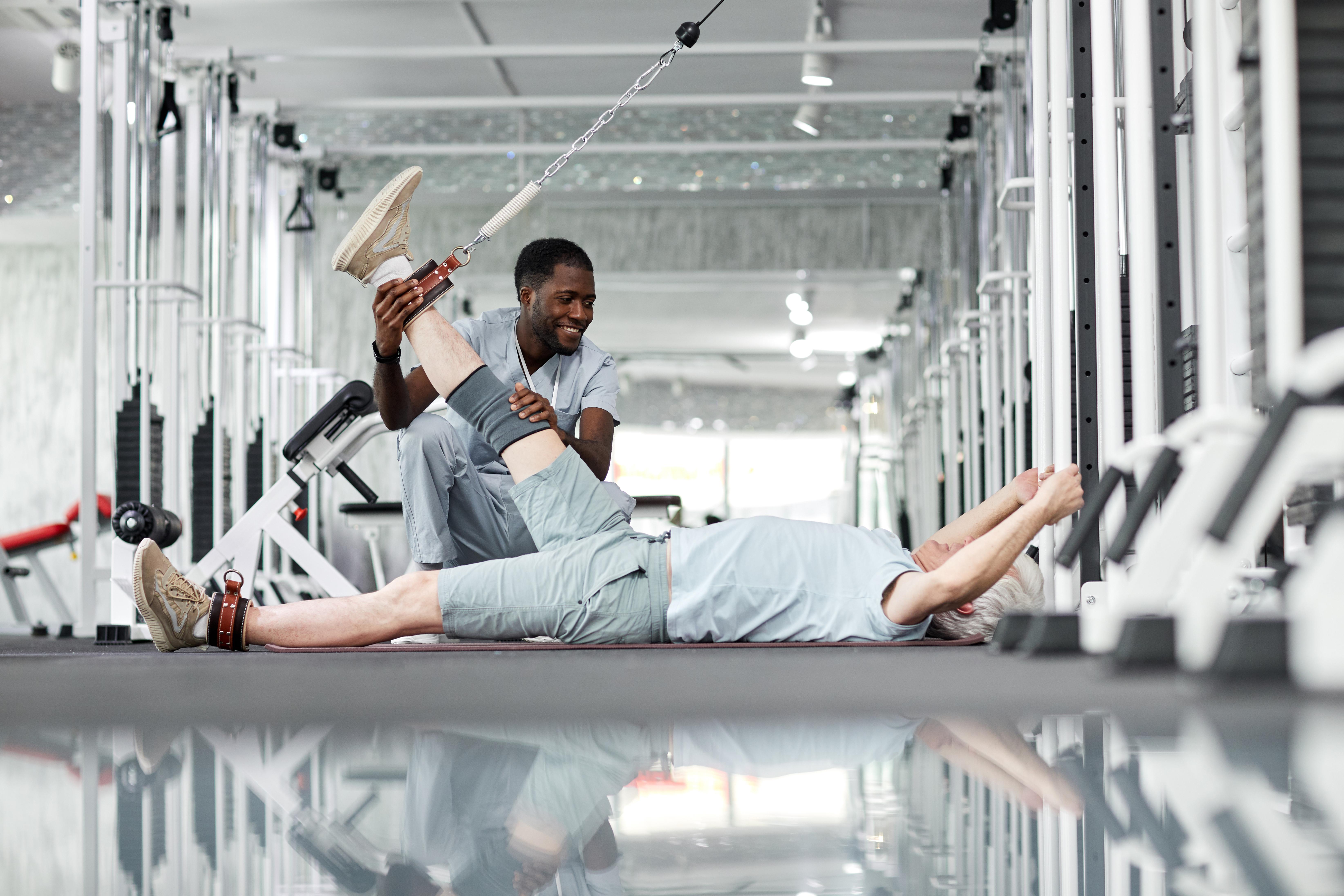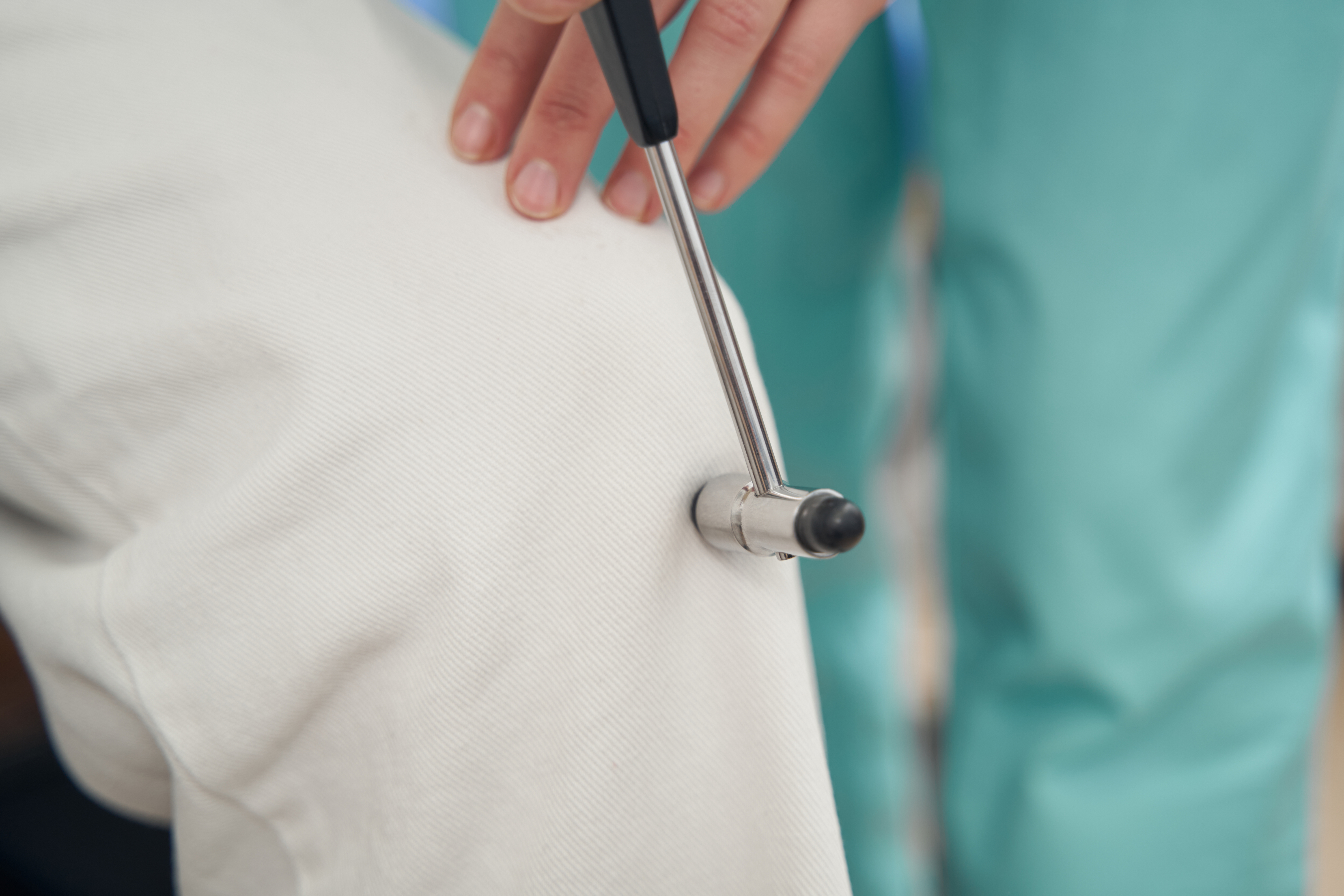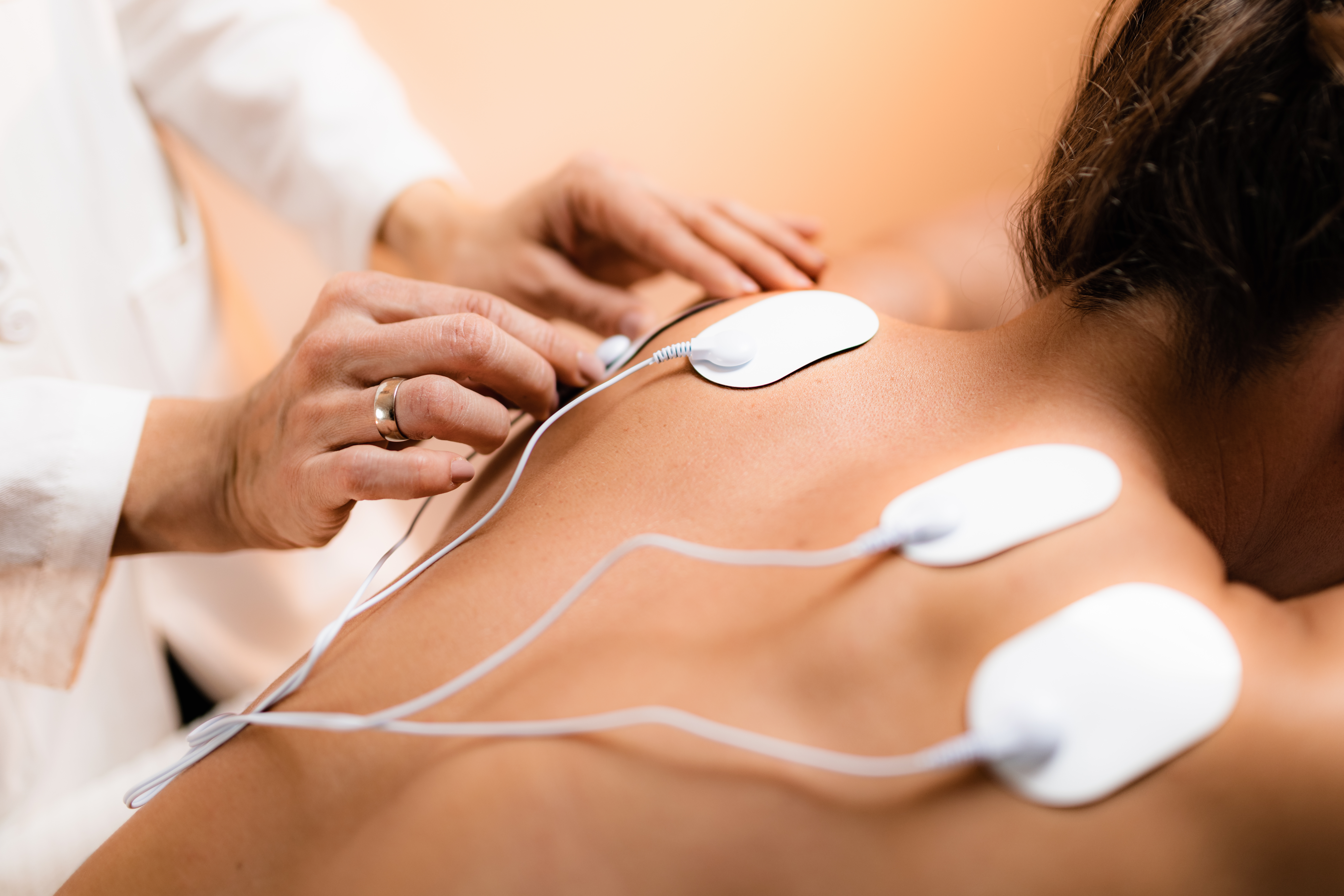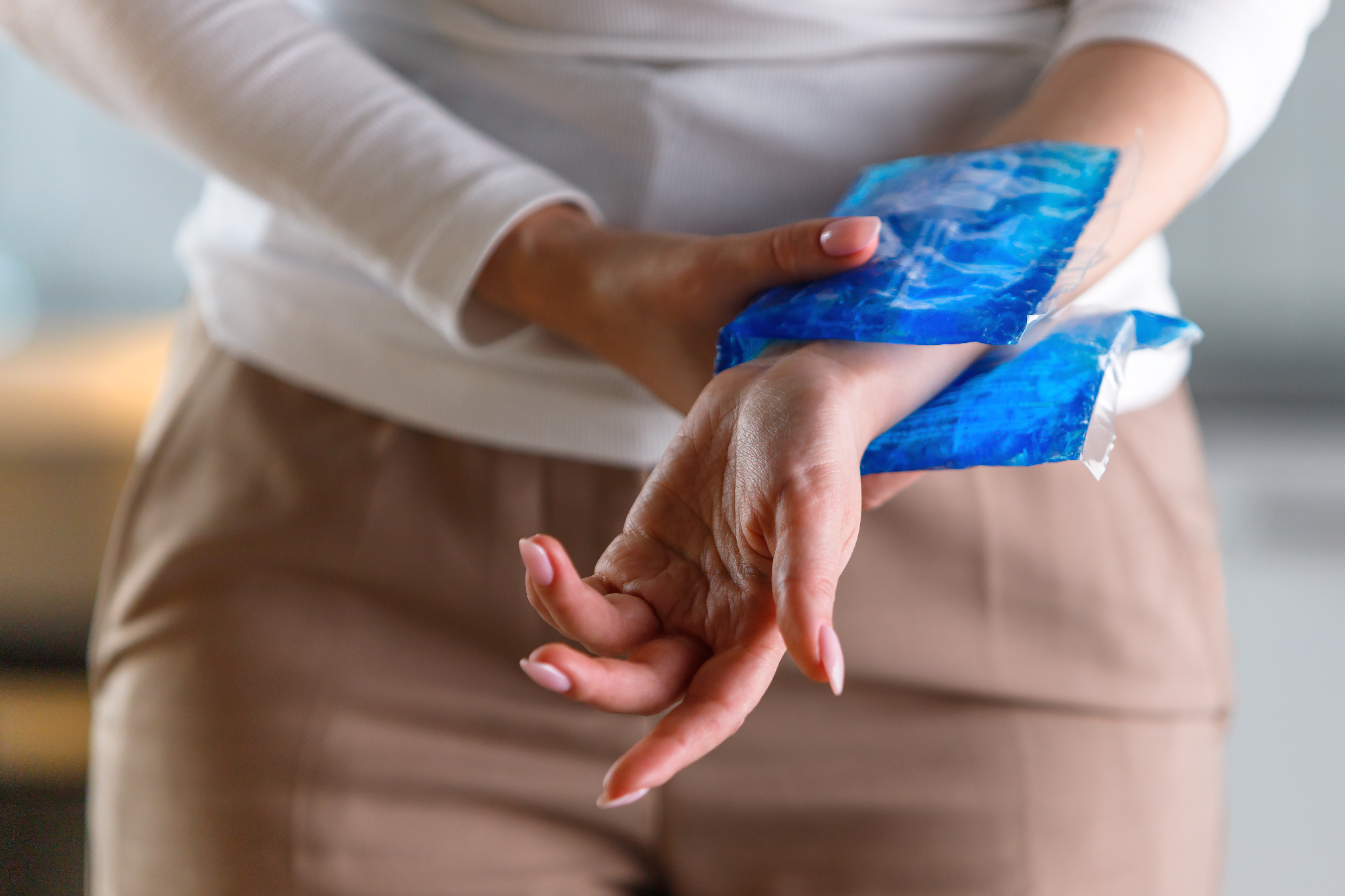15 Ways To Effectively Treat Meralgia Paresthetica
That burning, tingling, or numb sensation on the outer thigh? It might be more than just a pinched nerve—it could be meralgia paresthetica. This condition occurs when the lateral femoral cutaneous nerve, which controls sensation in the upper thigh, gets compressed or irritated. The result is discomfort that ranges from mildly annoying to downright painful. Common culprits include tight clothing, weight gain, pregnancy, or underlying issues like diabetes or nerve trauma. And while the risk increases between ages 30 and 60, it can affect anyone whose lifestyle or health puts pressure on that nerve. The good news? Relief is within reach. From simple wardrobe adjustments to targeted physical therapy and advanced medical treatments, managing meralgia paresthetica doesn’t have to be overwhelming. We’ve expanded our list to 15 Ways to Effectively Treat Meralgia Paresthetica—offering a blend of traditional and alternative strategies to help you move freely and feel better, faster.
1. Lose Excess Weight

The symptoms of meralgia paresthetica tend to go away after a few months. To treat the disease, doctors focus on relieving nerve compression. One of the conservative measures patients can take is to lose excess weight, as losing weight keeps the nerve from being compressed. In addition, healthy weight loss can help reduce the risk of developing other health conditions in the future. It's important for weight loss to occur in a healthy manner. Individuals can lose weight by making changes to their diet and exercising more regularly. It's also important to stay hydrated. Supplements to lose weight are often less healthy than being overweight in the first place.
2. Wear Loose Clothing

Wearing tight clothing causes the nerves in the legs to become compressed. This is particularly true when it comes to clothes like skinny jeans, which don't have a lot of stretch. One of the simplest fixes for meralgia paresthetica is to wear loose clothing. The changes in wardrobe don't have to be drastic. If an individual is a fan of tight jeans or skirts, they can consider the same styles in just a size or two up. This allows them to preserve the style without causing themselves pain. This measure won't always relieve all the symptoms. It's best used in cases where the nerve compression was caused by clothes rather than another circumstance. If the compression was caused by being overweight or a nerve injury, patients may need additional treatment.
3. Corticosteroid Injections

Some meralgia paresthetica patients may benefit from corticosteroid injections. Corticosteroids are artificial substances that mimic cortisol, a stress hormone created by the adrenal gland. Like cortisol, the steroids reduce inflammation in the nerve and provide temporary pain relief. There are a few potential side effects like pain around the site of the injection, nerve damage, and joint infection. When the medication is administered, the needle injects it into the 'tunnel' the nerve travels through. Steroid injections are done on a short outpatient basis. Patients may have them performed in a clinic, hospital, or surgery center. After a few minutes of monitoring, the doctor will clear the patient to return home. Patients will also be given information on how to relieve potential side effects.
4. Anti-Seizure Medication

The use of anti-seizure medication may help to lessen pain linked to meralgia paresthetica. The most commonly used medications are gabapentin, phenytoin, and pregabalin. Gabapentin is a medication used to treat both epilepsy and nerve pain in adults, and it may be a good choice when treating meralgia paresthetica caused by diabetic neuropathy. The medication stabilizes electrical impulses in the brain and affects the way nerves send the brain messages. Phenytoin is usually used to treat seizures, but it can also be used to help with nerve pain. It works by decreasing the amount of electrical activity in a patient's brain. Pregabalin is used to relieve pain from nerve damage, and it decreases the number of pain signals the nerves send to the brain, causing patients to experience less overall pain. In addition to treating nerve pain, pregabalin is sometimes paired with other medications to treat seizures. It's used for the treatment of fibromyalgia.
5. Tricyclic Antidepressants

Tricyclic antidepressants have the potential to help relieve pain in many medical conditions, including meralgia paresthetica. Different medications have slightly different side effects, but some typical side effects include constipation, dry mouth, and drowsiness. These medications affect the levels of neurotransmitters in the body, which are created by nerves to help send messages to other nerves throughout the body. A tricyclic antidepressant increases the levels of serotonin and norepinephrine in the body. In addition, they block acetylcholine, an additional neurotransmitter. Acetylcholine causes the contraction of muscles and allows the nerves to send pain signals. By blocking and reducing the amount of acetylcholine in the body, the nerves fail to send as many pain signals as usual. Doctors may pair one of these antidepressants with an anticonvulsant medication to further reduce pain.
6. Physical Therapy

Targeted physical therapy can ease meralgia paresthetica by strengthening nearby muscles and reducing pressure on the affected nerve. A trained physical therapist may introduce gentle stretching, posture correction, and nerve gliding techniques to relieve symptoms. Core and hip exercises often help improve alignment and mobility, minimizing nerve compression in the pelvis. Therapy can also address gait abnormalities or muscular imbalances that aggravate the nerve. Patients should avoid aggressive exercises that worsen the condition. Over time, consistent therapy not only reduces pain but also restores function. It’s a long-term, non-invasive option—ideal for those looking to avoid injections or medication.
7. Nerve Decompression Surgery

In severe or chronic cases, surgery may be necessary to relieve persistent nerve entrapment. A procedure known as nerve decompression surgically releases the lateral femoral cutaneous nerve from the surrounding tissue, reducing pressure and improving blood flow. This is typically considered when other treatments—such as medications, weight loss, or physical therapy—fail to bring relief. Surgery carries risks, like any invasive procedure, including infection or nerve damage, but success rates are generally favorable. Patients often experience dramatic improvement in pain and numbness post-surgery. It’s a viable last resort for those living with long-term, disruptive symptoms.
8. Transcutaneous Electrical Nerve Stimulation (TENS)

TENS therapy involves placing small electrodes on the skin near the affected area to deliver low-voltage electrical currents. These pulses stimulate the nerves and can block pain signals from reaching the brain. For individuals with meralgia paresthetica, TENS can offer temporary relief from burning or tingling sensations in the thigh. It’s a drug-free, non-invasive method that can be done at home with proper guidance. Though not a cure, TENS may complement other treatments and help patients manage flare-ups. Always consult a medical professional before beginning TENS, especially if you have a pacemaker or are pregnant.
9. Heat and Cold Therapy

Alternating hot and cold packs can help relieve localized symptoms of meralgia paresthetica. Cold packs reduce inflammation and numb sharp pain, while heat relaxes tense muscles and improves circulation in the affected area. Use ice packs wrapped in a cloth for 15–20 minutes, then switch to a heating pad or warm compress. Avoid applying heat or cold directly to the skin. This therapy is most effective during early symptom onset or after physical exertion. While not a standalone treatment, it’s a safe and accessible way to manage discomfort alongside other interventions.
10. Ergonomic Adjustments

Sometimes, daily habits and posture contribute more to nerve compression than people realize. Making ergonomic adjustments—like using supportive seating, avoiding prolonged standing, or adjusting your car seat position—can significantly reduce symptoms. Pay attention to pelvic alignment, especially when driving or working at a desk for long hours. Consider a standing desk or lumbar support cushion. Small shifts in everyday posture can prevent pressure buildup around the hip and groin area. By being more mindful of body mechanics, individuals can create a less hostile environment for the affected nerve, helping reduce long-term discomfort.
11. Mind-Body Approaches

Chronic nerve pain takes a toll on mental health. Incorporating mindfulness, meditation, and breathing exercises can help patients manage pain perception. Techniques like guided imagery or progressive muscle relaxation reduce tension, which in turn may lessen nerve irritation. While these approaches don’t resolve the compression directly, they improve pain tolerance, reduce stress, and enhance quality of life. Some patients find yoga or tai chi especially beneficial, as they combine gentle movement with mental focus. Always consult a doctor before starting any new regimen, but mind-body techniques can provide meaningful support during recovery.
12. Avoid Prolonged Standing or Walking

Extended periods of standing or walking—especially on hard surfaces—can aggravate meralgia paresthetica symptoms by continuously stressing the nerve. Individuals with the condition should take regular breaks to sit or shift positions. When standing is unavoidable, cushioned insoles or orthopedic shoes may help distribute weight more evenly. Likewise, using anti-fatigue mats in the kitchen or workplace can reduce pressure on the legs and lower back. Identifying and modifying repetitive stressors in your daily routine is a key part of managing the condition—often just as impactful as medication.
13. Review Medications That May Worsen Symptoms

Some prescription drugs, especially those that cause water retention or alter nerve function, might inadvertently worsen meralgia paresthetica. Talk to your doctor about current medications, particularly those prescribed for diabetes, high blood pressure, or inflammation. A simple adjustment in dosage or switching to an alternative may reduce side effects contributing to nerve compression or pain sensitivity. This is especially true for medications that lead to bloating or weight gain. A full medication review ensures your treatment plan is holistic and avoids any unintentional aggravation of symptoms.
14. Gentle Massage Therapy

A licensed massage therapist familiar with nerve pain can help reduce muscular tension and inflammation in the hip and lower back, potentially easing pressure on the lateral femoral cutaneous nerve. Massage improves circulation and can release tight fascia or connective tissue that may be contributing to compression. However, deep tissue massage should be avoided near the affected area, as it might exacerbate symptoms. Light, targeted massage sessions may work best when combined with physical therapy and stretching. As always, consult a healthcare provider to determine if massage is right for your specific case.
15. Acupuncture

Rooted in traditional Chinese medicine, acupuncture involves inserting thin needles at specific points on the body to balance energy flow and reduce pain. For patients with meralgia paresthetica, acupuncture may stimulate the nervous system in a way that reduces pain signals and improves healing. While scientific evidence is mixed, many patients report relief after a few sessions. It’s a low-risk option that can be used alongside conventional therapies. Choose a certified practitioner familiar with nerve pain conditions, and ensure open communication with your primary doctor about alternative treatments being explored.
